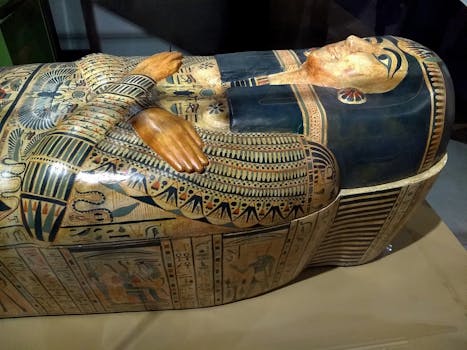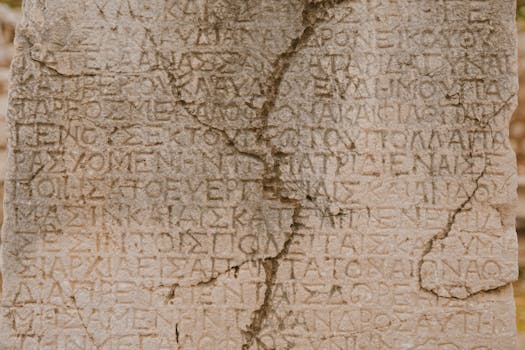
The Importance of Cultural Heritage

Cultural heritage is the legacy of material (tangible) and immaterial (intangible) attributes of a group or society, inherited from past generations. It is crucial in shaping our sense of identity and belonging. Ancient artifacts, monuments, and traditions encapsulate unique aspects of human history and exemplify the beliefs and practices of cultures throughout time.
As globalization brings societies closer, it can also threaten these unique identities and heritage sites. The loss of cultural heritage not only impoverishes the affected communities but diminishes global diversity.
Threats to Cultural Heritage

Various factors contribute to the destruction and degradation of cultural heritage, from armed conflicts and natural disasters to urbanization and climate change. Recently, armed conflict has been perhaps the most devastating threat. During wars, historical monuments and artifacts are often targeted as symbols of the enemy, leading to irreversible loss.
Additionally, looting has become a rampant issue, with illicit trafficking of artifacts contributing to the cultural crimes against history. Too many communities lack the preservation resources needed to protect their invaluable heritage from destruction.
Efforts to Preserve Heritage

Across the globe, many organizations, governments, and individuals are dedicated to the preservation of cultural heritage. Notable entities like UNESCO and various local heritage agencies work tirelessly to develop protective legislations and engage in rescue archaeology.
Grassroots movements are equally crucial. Local citizens sometimes become the most effective preservers of their heritage, advocating for awareness and preservation initiatives in their communities. Education plays a key role here, as teaching future generations the significance of their cultural roots can foster a mindset of protection and respect.
The Role of Technology in Preservation

In recent years, technology has emerged as an invaluable ally in the fight to protect cultural heritage. Imaging technologies such as 3D scanning and digital archiving allow for the preservation of artifacts and heritage sites, even if they face imminent threats. Through these technologies, scholars can study and share knowledge about objects and traditions that are at risk.
AI and machine learning are also finding applications, with algorithms developed to identify looted artifacts when placed online. These innovations provide vital tools for curbing illicit trafficking and replaying a crucial role in unwinding the gray market of cultural artifacts.
The Global Responsibility

Preserving cultural heritage is a shared responsibility. Global cooperation entails joint efforts among nations, as the impact of losing cultural heritage transcends borders. Awareness and advocacy at both local and international levels inspire action to protect these crucial elements of human history.
Every individual can contribute towards this cause by promoting and supporting the preservation of their heritage. From participating in education programs, visiting museums, and supporting legislative changes aimed at safeguarding cultural assets, each effort acknowledges the shared value of the world’s diverse heritage.





